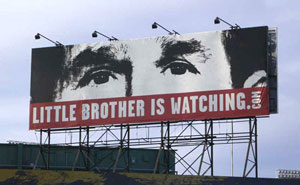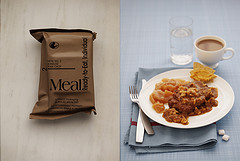gov

Is Design Political?
 Jennie Winhall, Senior Design Stategist at the UK Design Council’s RED research unit, has posted an excellent essay that summarizes a number of ways design is, in fact, political.
Jennie Winhall, Senior Design Stategist at the UK Design Council’s RED research unit, has posted an excellent essay that summarizes a number of ways design is, in fact, political.
The essay addresses branding and propaganda, product labeling, advertising, design by grassroots campaigns, how ideology shapes the physical construction of our public institutions, and how the shape of our built environment in turn shapes our choices and behaviors.
It’s a great call to action.
One oddity, though, is that for its talk of politics, the RED project seems to steer clear of... actual legislation.
For instance, the RED Health project takes on the raging diabetes epidemic and concludes with the design of a grassroots fitness program and an improved interface with the National Health Service. This is totally great and much needed. But only addresses half of the equation.
What about the ready availability of cheap, high calorie junk food and soda? At what point does the Government step in and regulate toxic substances that are poisoning the public? RED sidesteps the issue. As a government funded organization, are they not allowed to propose regulation of industry? Or is it the Design Council’s close relationship with UK industries? A core mission of the Council is to improve UK products and industries through better design.
Beyond better product labeling, why not designers urging a ban on advertising junk food to children? Perhaps a public campaign (with nice graphic campaign materials) challenging the content of junk food itself? For instance, the legality of trans fat? Or agricultural subsidies of corn and sugar that make sweeteners ultra-cheap for food manufacturers?
RED does some amazing and important work. They are one of the few design think tanks researching and promoting design in the public interest in a very high profile way. But the discreet focus on projects and products seems to miss opportunities to leverage its special relationship with Parliament and to shape the policy and industries that shape our world.




